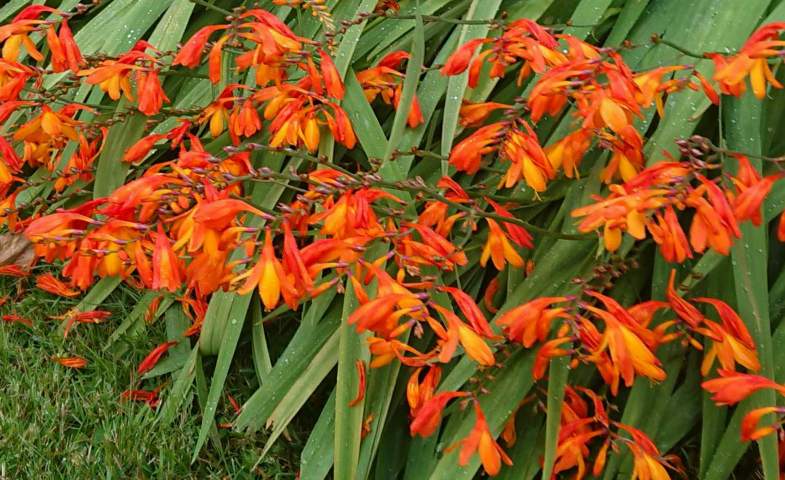Table of Contents
Suppose you want to plant Crocosmia and don’t know when to plant them. We have the answer for you. These trumpet-shaped flowers come in various shades like fiery reds and sunny yellows, adding a cheerful touch to your outdoor space. But to enjoy their beauty, you must know when and how to plant them.
Here, we’ll show you the basics of when to plant crocosmia bulbs, whether you’re an experienced gardener or just starting. Timing is crucial when it comes to planting crocosmia bulbs. These robust bulbs grow in warmer weather, so it’s best to wait until the frost risk has passed. In most regions, spring is the perfect time, as the soil starts to warm up.
Let’s start making a colorful garden!
What are Crocosmia Plants?
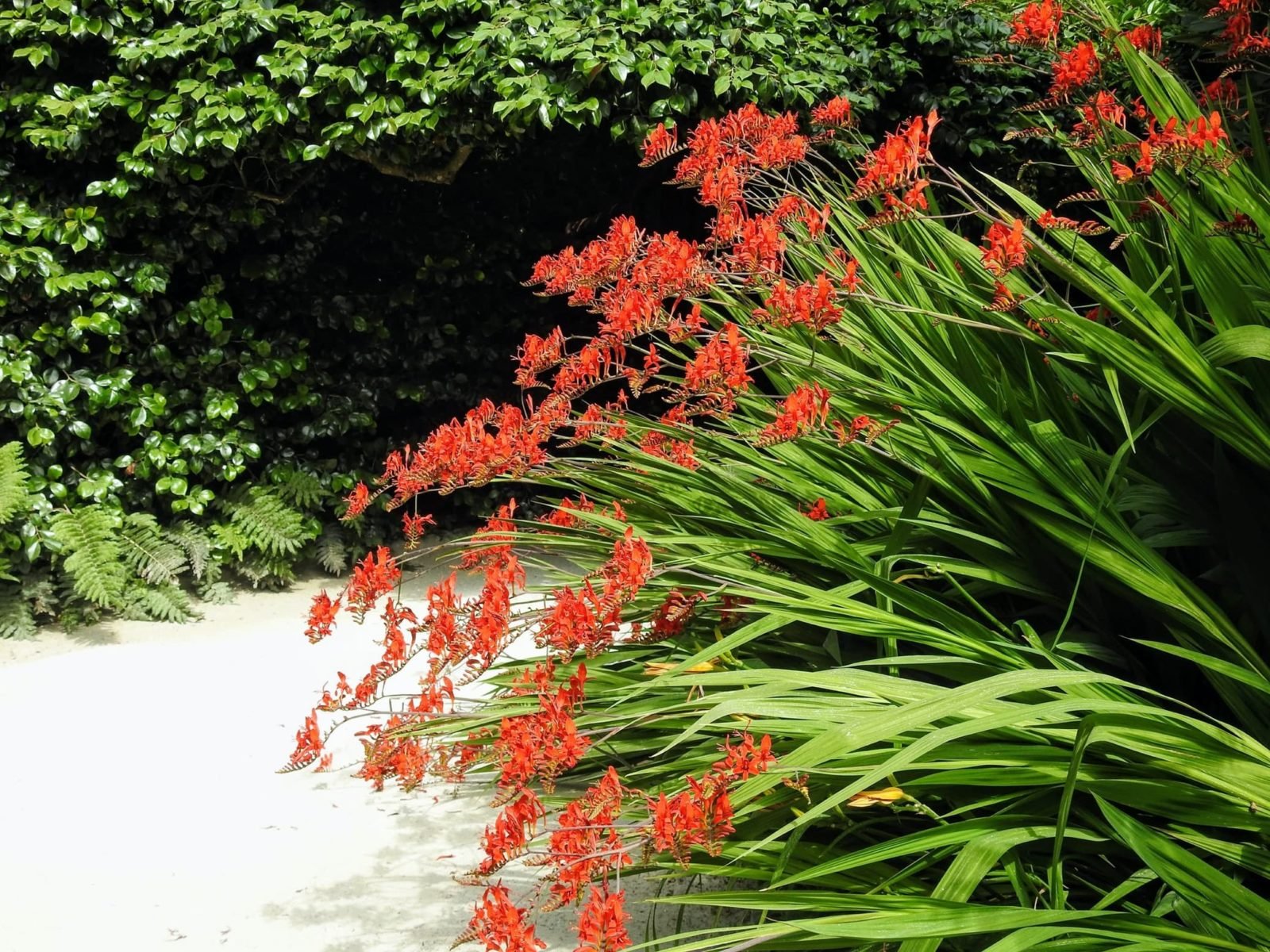
Crocosmia, also called montbretia, are colorful flowering plants, but some people think that crocosmia is not flowering. They originally come from South Africa but are loved by gardeners worldwide because they are easy to grow and look stunning.
Crocosmia plants belong to the iris family and have long, sword-shaped leaves. They grow tall stems that bend gracefully and have bunches of tube-shaped flowers. These flowers can be bright red, orange, or sunny yellow.
When to Plant Crocosmia Bulbs?
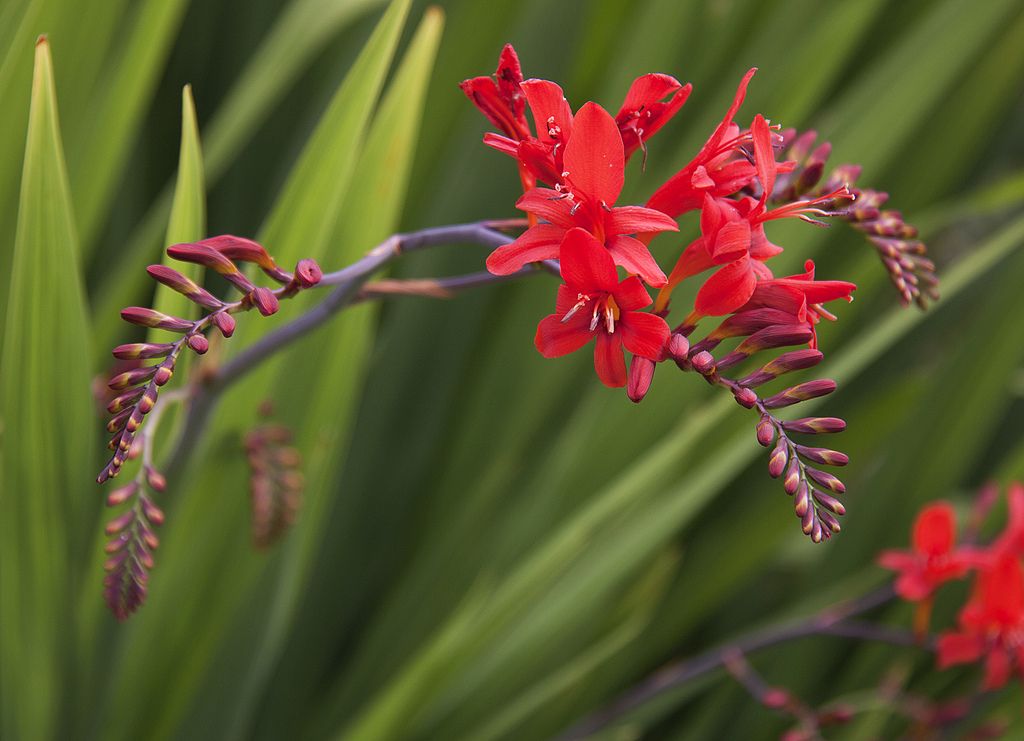
Planting crocosmia bulbs for a beautiful garden display is all about timing and the right conditions. These bulbs should go into the ground in spring or early summer, depending on where you live. Wait until the cold weather has passed if you’re in a chilly area.
Crocosmia plants love lots of sunlight, so pick a sunny spot with at least six hours of direct sun each day. Make sure the soil drains well to keep their roots from getting too wet, especially in the winter when they’re not active. To plant the bulbs, dig holes about 3 to 4 inches deep and space them 3 to 5 inches apart. Put the bulbs in with the pointy side up and cover them with soil.
After planting, water them well to settle the soil and give them the moisture they need to start growing. As summer comes along, you’ll be treated to a burst of colorful flowers that attract bees and butterflies to your garden. Plus, you can even use these lovely flowers for indoor arrangements.
Where to Plant Crocosmia
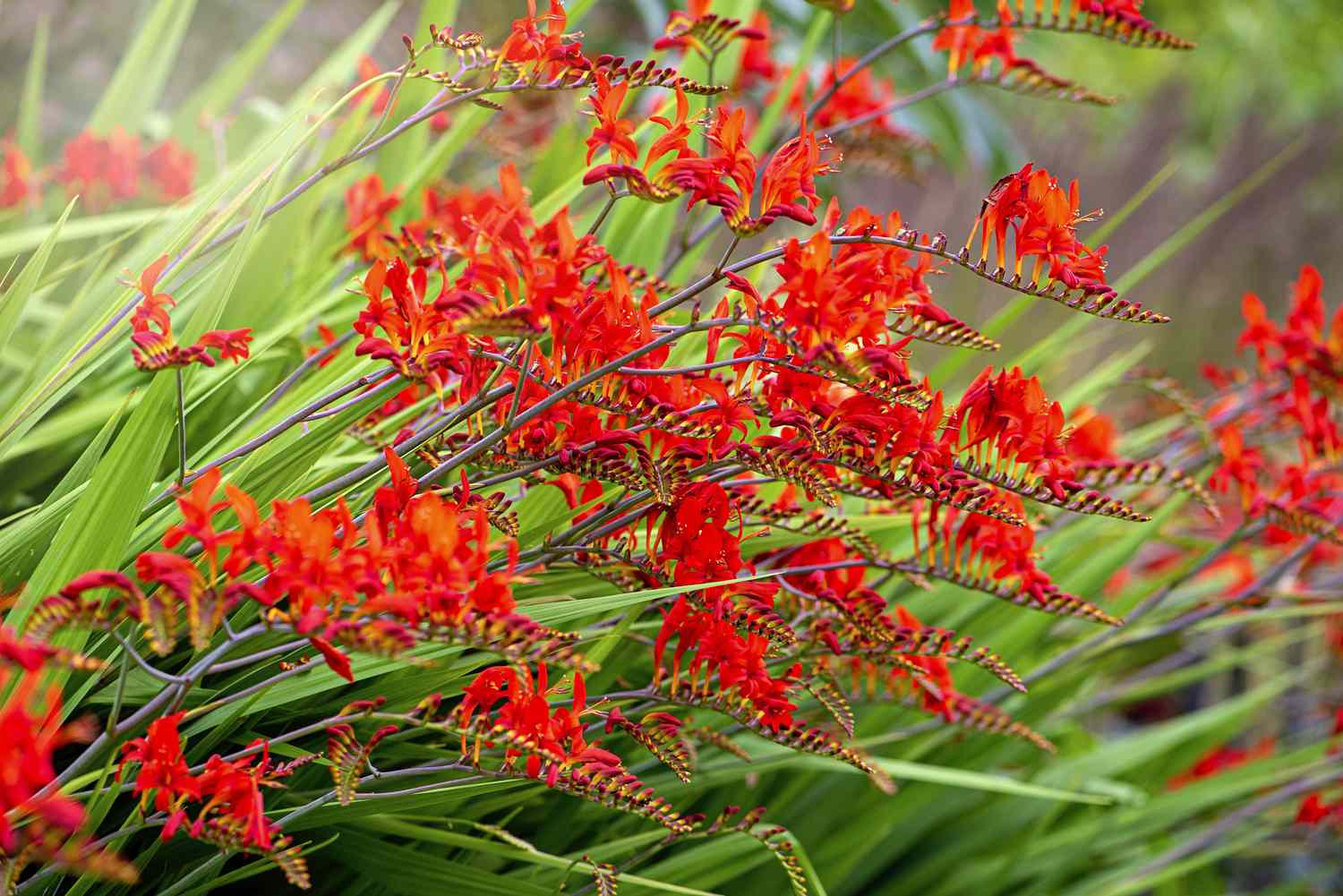
1. Cutting Gardens
Crocosmia bulbs are a wonderful choice for your flower-cutting garden. These special gardens are made for picking flowers to make pretty bouquets. When you plant Crocosmia bulbs in your cutting garden, you’ll always have lots of their bright, sword-shaped flowers for making beautiful bouquets and arrangements. To make sure you have flowers all summer long, plant your Crocosmia bulbs in the early spring. This gives them enough time to grow strong before they start blooming.
2. Flowerbeds and Borders
Crocosmia is a plant that does really well in flowerbeds and borders. These plants can make your garden look more interesting because they grow tall and have a unique texture. To plant Crocosmia in your flowerbeds or borders, it’s best to wait until late spring when there’s no more risk. Find a sunny spot with soil that drains well, as Crocosmia likes this kind of environment. Put the bulbs about 2-3 inches deep and space them 4-6 inches apart so they have enough space to grow and make their lively flowers.
3. Planting in Containers
Crocosmia can grow well in pots, which makes them a flexible option for small areas or places with not much garden space. To do this, pick a pot with good drainage and put in some balanced potting soil. In the early spring, plant the crocosmia bulbs in the pot, leaving some room between them for them to grow. Using pots also means you can easily move your crocosmia to different spots to ensure they get plenty of sunlight.
Tips for Optimum Caring of Crocosmia
1. Fertilizing
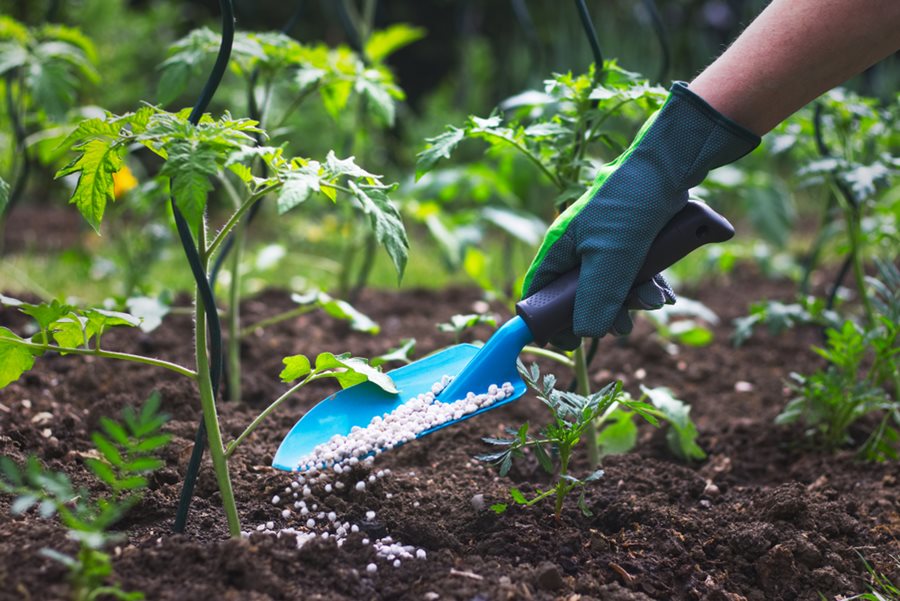
Crocosmia plants grow when they get proper food to help them grow strong and produce lots of beautiful flowers. It’s best to give them food in the spring when they start growing again. You can use a balanced, slow-release <a href="https://www.amazon.com/dp/B00BIO560G/?tag=thearches-20with the same amounts of nitrogen, phosphorus, and potassium. Just follow the instructions on the fertilizer package to make sure you don’t give them too much food, which could make them grow too many leaves instead of flowers.
2. Watering
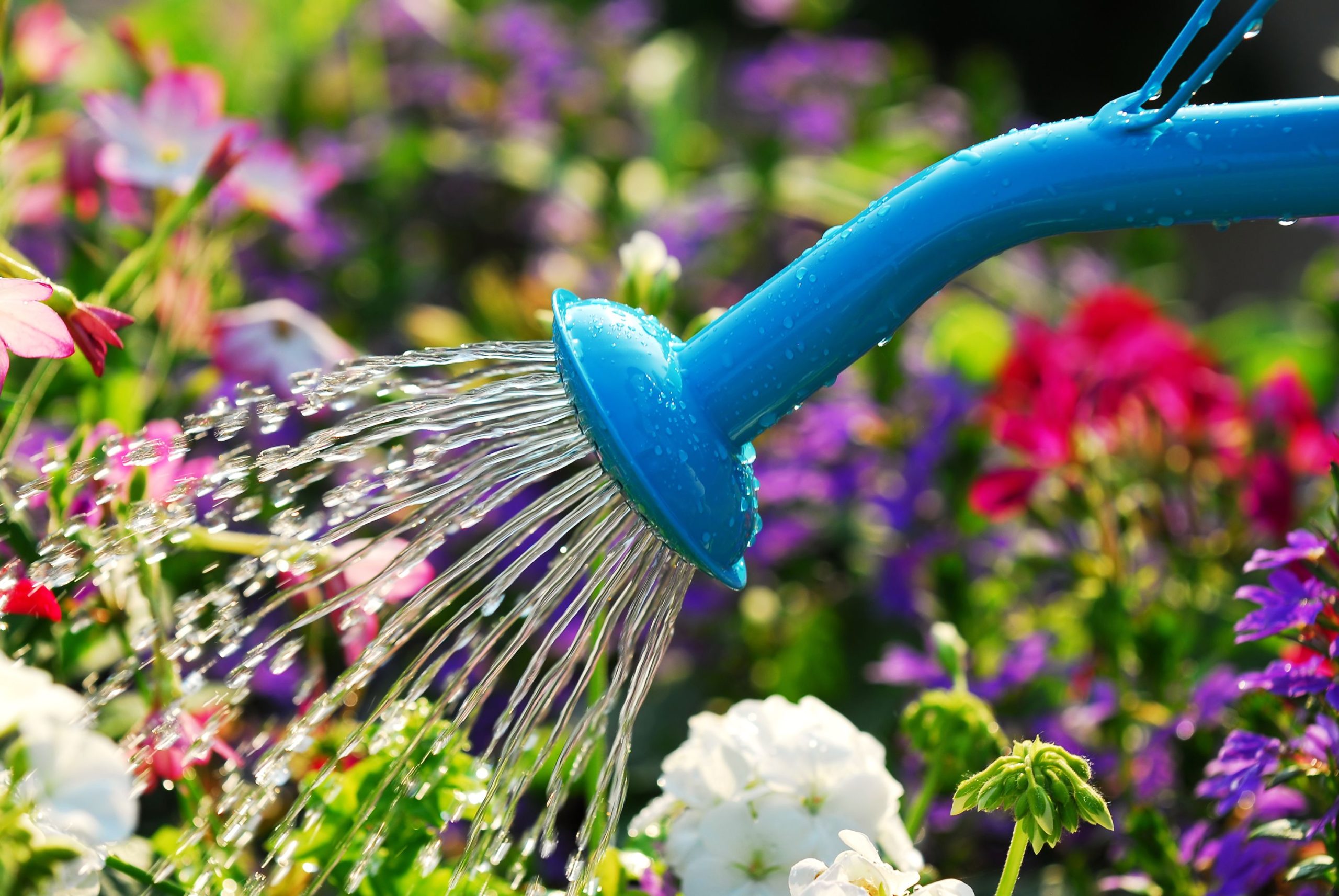
Properly watering crocosmia plants is super important. These plants like their soil to be consistently moist but not soaked. So, make sure to water them deeply and regularly, especially when it’s dry or hot outside. However, don’t overdo it; soil can harm their roots. To keep the soil just right, you can put a layer of mulch around the plants. This will help keep the soil moist and control the temperature.
3. Diseases and Pests
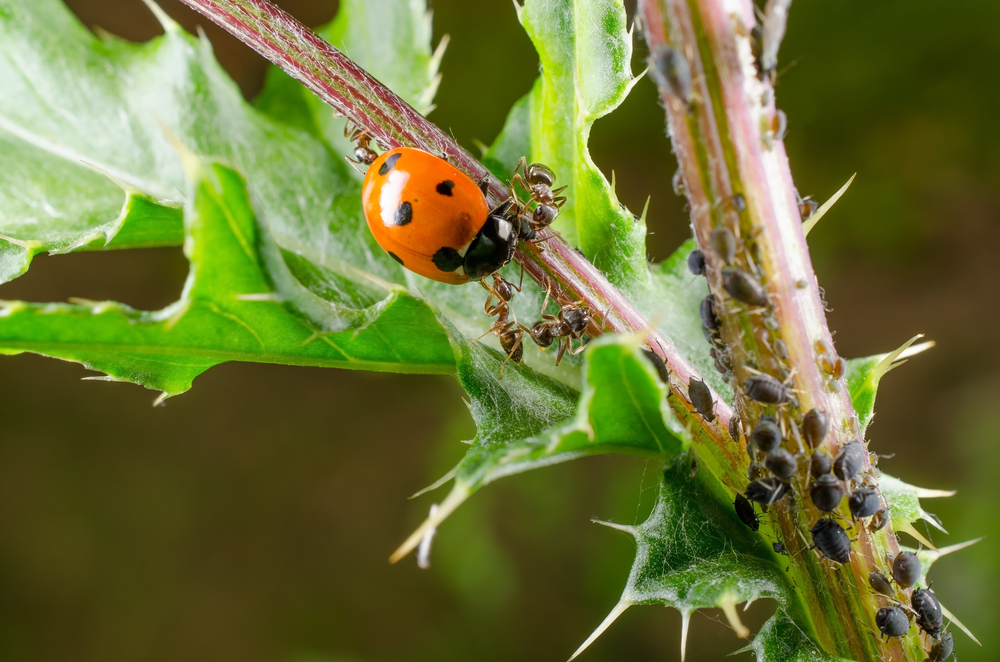
Crocosmia plants are usually tough, but sometimes bugs like aphids and slugs can bother them. Watch for any bug trouble and use natural or chemical stuff to fix it quickly. Also, make sure there’s enough fresh air around the plants to stop plant diseases like rust.
Conclusion
Planting crocosmia bulbs is quite easy. Remember, these colorful flowers are like warm weather and lots of sunlight. So, spring or early summer is the best time to plant them. After planting, crocosmia bulbs need some care. Water them regularly, especially during dry spells. Adding mulch can help keep the soil moist.
Also, remove any weeds around them to reduce competition. In colder areas, you might need to dig up the bulbs before winter and store them indoors. But in warmer regions, they can stay in the ground year-round.
Plant crocosmia bulbs in spring or early summer in well-drained soil and give them sunlight and water. With a little care, you’ll enjoy their beautiful blooms in no time.

